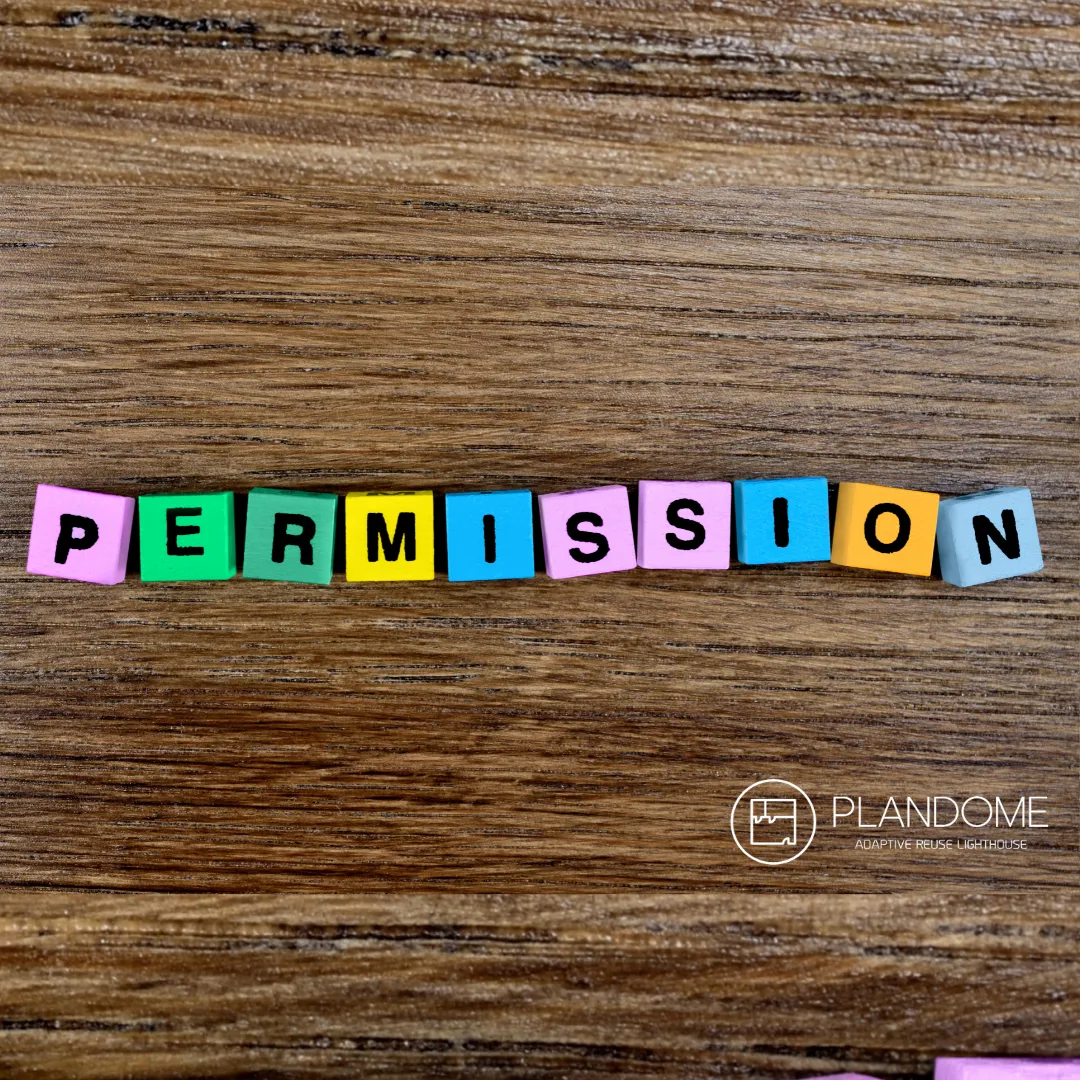
Planning Permission for House-to-Flat Conversions: What You Need to Include
Introduction
Planning to convert your house into flats? The journey starts with submitting a detailed planning application to your local council. A well-prepared application increases your chances of approval and sets the stage for a successful project. This guide walks you through all the key elements your application must include.
1. Detailed Site Plan
A comprehensive site plan is essential for visualizing your proposed conversion. This should include:
Property Boundaries: Clearly marked with dimensions.
Building Location: Existing and any proposed changes.
External Features: Parking spaces, landscaping, or additional structures.
A scaled and accurate site plan helps council officials assess your project’s impact on the area.
2. Existing and Proposed Floor Plans
Floor plans provide clarity on how the space will be utilized. Your submission should include:
Current Layout: Document the existing floor plan of the property.
Proposed Layout: Show how the house will be divided into flats, including room sizes and configurations.
These plans ensure compliance with building regulations and demonstrate the practicality of your design.
3. Elevation Drawings
If the conversion involves external changes, elevation drawings are a must. Include:
Existing Elevations: Show the current external appearance.
Proposed Elevations: Highlight any changes such as new windows, extensions, or materials.
This helps the council ensure the project aligns with the area’s visual and architectural character.
4. Design and Access Statement
This document outlines the rationale behind your project. It should cover:
Design Approach: Explain the reasons for specific design choices.
Accessibility: Describe how the flats will accommodate diverse needs, including accessibility for disabled individuals.
It also demonstrates compliance with local planning policies.
5. Parking and Traffic Impact Assessment
Parking and traffic are critical concerns for councils, especially for multi-unit properties. Include:
Current Situation: Detail the existing parking availability and traffic conditions.
Proposed Solutions: Highlight plans to mitigate congestion, such as designated parking spots or bike storage.
This assessment reassures councils that the conversion won’t negatively impact the neighborhood.
6. Sustainability and Energy Efficiency Plans
Sustainable design is a growing priority. To improve your chances of approval, showcase:
Energy-Efficient Features: Insulation, energy-efficient windows, and heating systems.
Renewable Energy Sources: Solar panels or other green technologies.
A commitment to sustainability adds value to your project and supports local environmental goals.
7. Environmental and Heritage Impact Assessments
If your property is located in a conservation area or is listed, you’ll need to assess its impact. Include:
Conservation Considerations: How you’ll preserve historical or architectural features.
Environmental Impact: Plans to minimize disruption to the surrounding environment.
These assessments ensure your project respects the character and integrity of its location.
8. Supporting Documents
Additional documents provide legal and technical verification for your project. Ensure you include:
Proof of Ownership: Land ownership confirmation or title deeds.
Statutory Declarations: Any additional declarations required by your council.
These documents demonstrate your legal right to carry out the conversion.
Conclusion
Submitting a planning application for a house-to-flat conversion requires careful attention to detail. By including all the necessary documents, plans, and assessments, you can streamline the approval process and get closer to transforming your property.
Need help with your planning application?
Contact us today for expert guidance, from preparing detailed site plans to crafting compelling design statements. Let’s turn your vision into reality!
Download The Complete Basics Guide to Converting a House into Flats
